AI is in Everything
AI is becoming mainstream and the design field has fallen culprit to it as well. AI just seems it wants to be in everything and that’s not always a bad case, but sometimes it’s not always good either. AI in the design industry has been around for a while but it’s always been a human job for humans, so it would be rather strange if AI ran the design industry and made something for humans when humans know what humans like. So, is AI going to be taking over your job?
Well no, not anytime soon. AI in design is taking a more assistive route – helping designers with mundane tasks which in return is giving designers more time to actually create and design products.
But there’s a little more complexity to that as well. AI is vague and in terms of design it’s also quite vague but there are incredibly good examples that prove the strength of AI. Many elite designers do advocate it and await AI’s true potential which has yet to come. As that being said, there are some faults and many improvements to be made along the way until AI reaches its maximum potential.
So what is it?
Design has been evolving ever since humans were born, and now digital design is evolving too. It’s the modern era, AI is taking roots in just about everything and design is no exception to this mysterious foe. But first, what exactly is AI in the design world anyway?
Artificial Intelligence, as well as just about everything else, is the computer's intellect and output that it’ll display based on data. So, for example, in design, this could be AI giving design adjustments or increasing the speed of the design process while at the same time still being highly effective and even less costly. The designer would take in the considerations made from the AI and either simply change them or leave them to whatever the human thinks is best. This is based on the data of what is being designed and created, AI can create multiple variants of what is being designed based on the original work and looking at similar patterns. Which in doing so can save the designer a lot of time by going through these AI suggested works that can be used and presented. This sounds all beneficial, but AI in design should not be looked at as Artificial Intelligence and it certainly cannot stand on its own without a designer accompanying it.
Instead, Artificial Intelligence in the design field should be looked at as Augmented Intelligence, says Miklos Phillips. Phillips is a Lead User Experience designer and product design specialist who has been in the design business for over 16 years, he says that it would be a much more “useful way to think about AI”.
Now, Augmented Intelligence is remarkably similar to Artificial Intelligence, the only difference, augmented intelligence plays an assistive role to enhance human intelligence instead of wholly replacing it as would artificial intelligence.
This. Is. Big.
When you look at it, it makes sense. AI in design plays a major role as a designers’ assistant or sidekick, not as a brand new designer itself. There is a near-perfect example of this and it involves Netflix and algorithms. Say, a designer created a design and text for a tv series or movie in English, they would then have to re-design and rekindle it to a new language and make it fit in a smart way. AI is helping these designers by reading and analyzing the original design, then outputting it in the new language which resizes text, rearranges, and makes it look cohesive, all saving time and money. This proves useful for scenarios like this, it is quite simple yet very effective and works.
Netflix's AI in Action
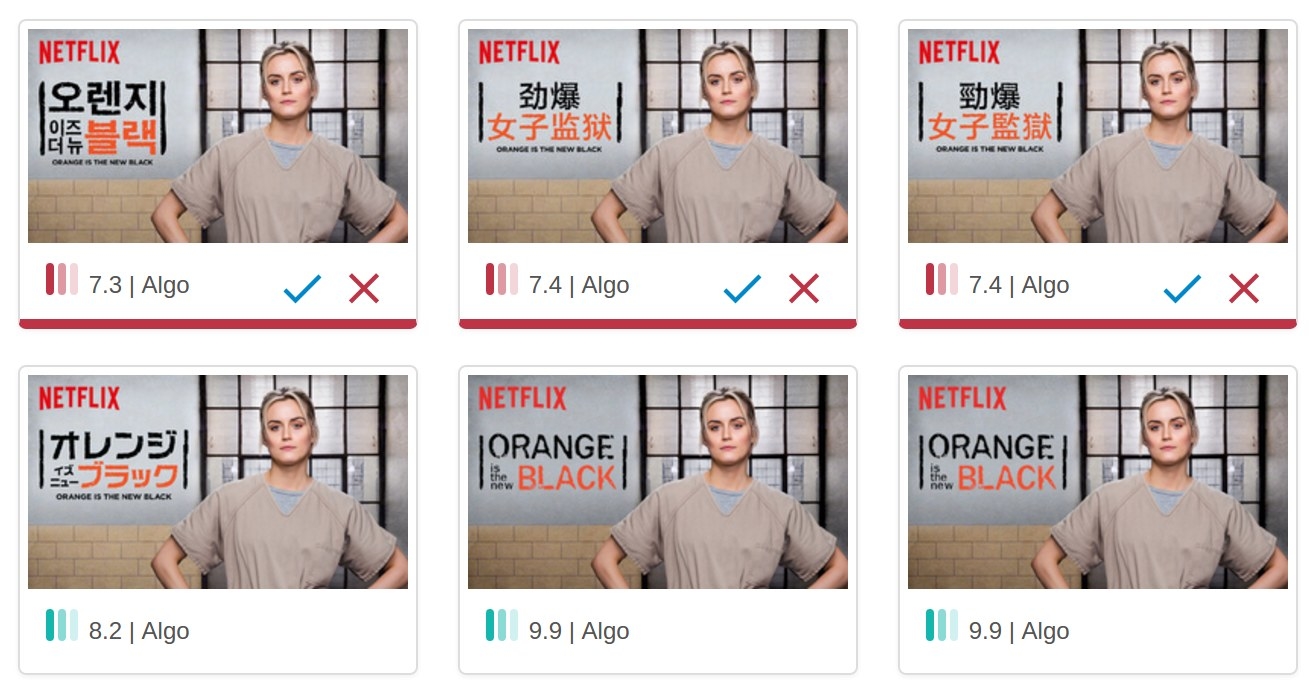
Another example of AI being efficient goes with packaging design, a unique project Nutella did back in 2017. This took place in Italy and was quite revolutionizing, a company such as Nutella was going to rely on AI for their graphic identity? Yes, and it was quite successful. Seven million one of a kind Nutella jars were sold in one month. It followed an algorithm produced by AI and looked at over a dozen patterns and thousands of colors and variants. This worked and saved designers a surplus amount of time, instead, if they had to individually create a new specific design for each jar that would have been painstaking. This was the intended purpose, a uniquely one of a kind jar done in a snap.
Nutella Unica's AI Designs
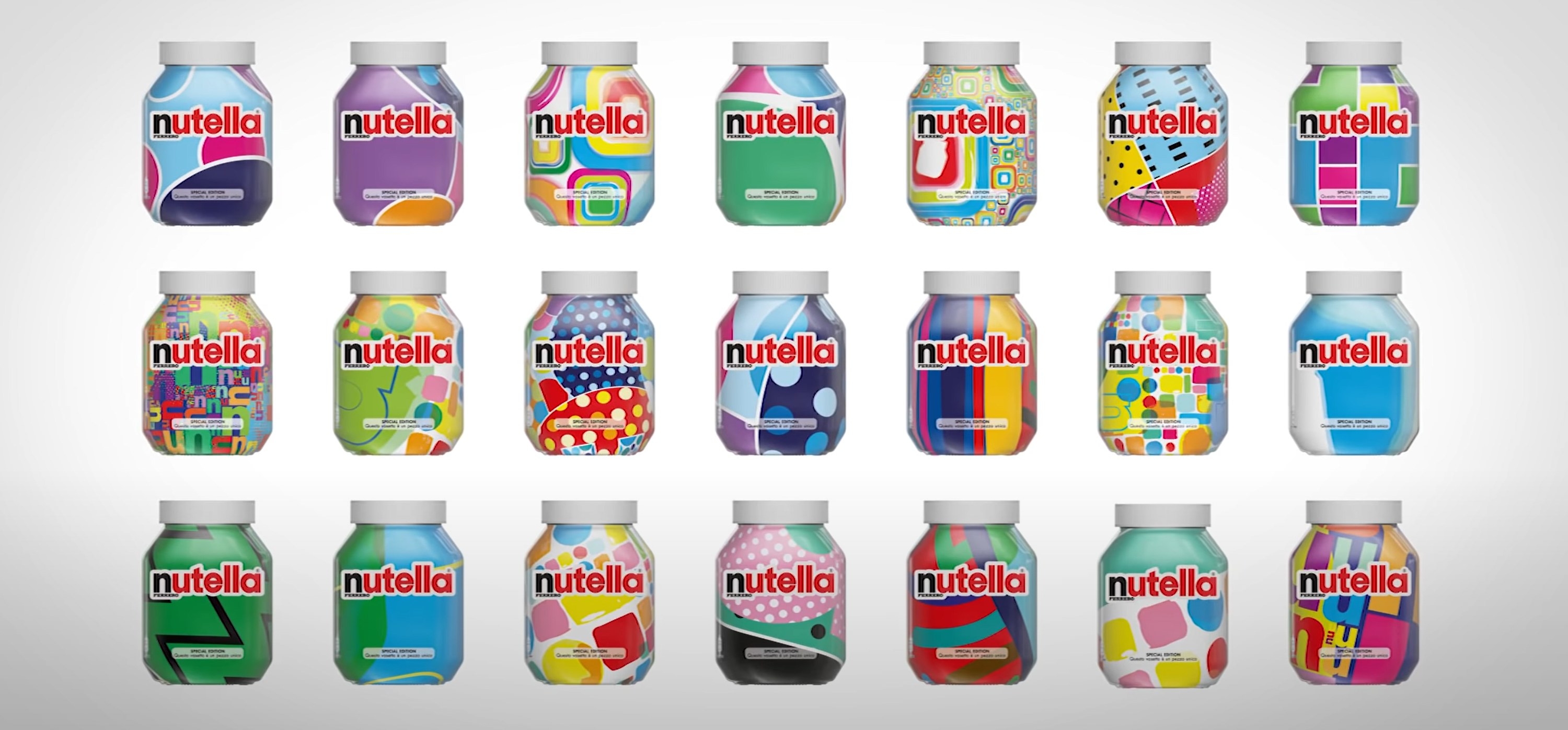
Those examples demonstrated the powers of AI, doing their intended purpose, saving time, saving money, and leaving designers to spend more time on something else while being effective. These examples are good but they are pretty specific scenarios, not everything can be a randomized, one of a kind unique jar.
Many designers and even businesses are quite weary of AI and worried where things might lead into the future.
And they're valid.
In a report done by Proximity Lab, a design firm that specializes in UX research, strategy and product design, there were multiple survey questions answered by over 110 knowledgeable workers and designers, and this really shed some light on how AI is being perceived at the moment. A question read, “In general, how trustworthy do you feel AI is to make important decisions for you?” About 70% said “Somewhat trustworthy” while another 20% said, “Not so trustworthy.” And this comes from the accuracy of AI, about 60% of the participants said the “biggest challenges to user adoption of AI” is accuracy. This is startling as many of the benefits of AI aim to assist the designer - not to tamper, but this shows how many of the designers are feeling to the newer technology and it could be problematic.
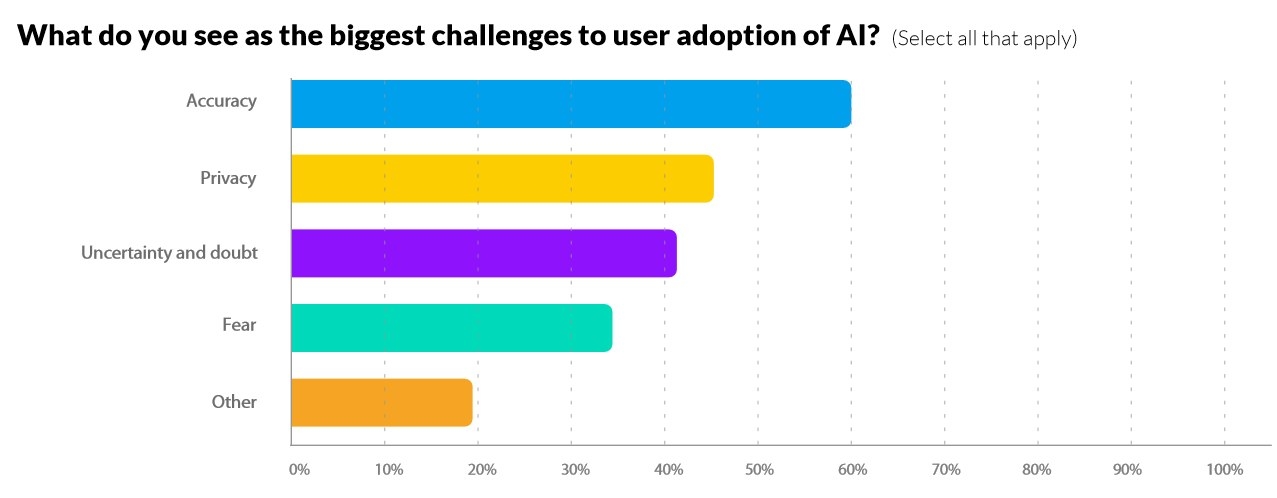
The Grid Example
There is a pretty noticeable example of where AI went wrong in design, specifically web design, a website called, The Grid. Which promises, “AI websites that design themselves”, as stated by the website itself. The Grid comprises coding and design together, and well, simply put; the AI just isn’t there yet. There are many coding errors, “almost 90,” says Ben Moss who is a Senior Web Designer himself. Additionally, the design itself falls flat as the AI software “mimics design” says Moss, “The Grid has no inherent cultural awareness, no subconscious, it doesn’t even have eyes.” Really, what Moss is saying is that this AI has no humanness, no empathy, it follows a strict set of rules to try to design and create a website outright without additional human eyes. The AI is simply not there yet, it still needs us.
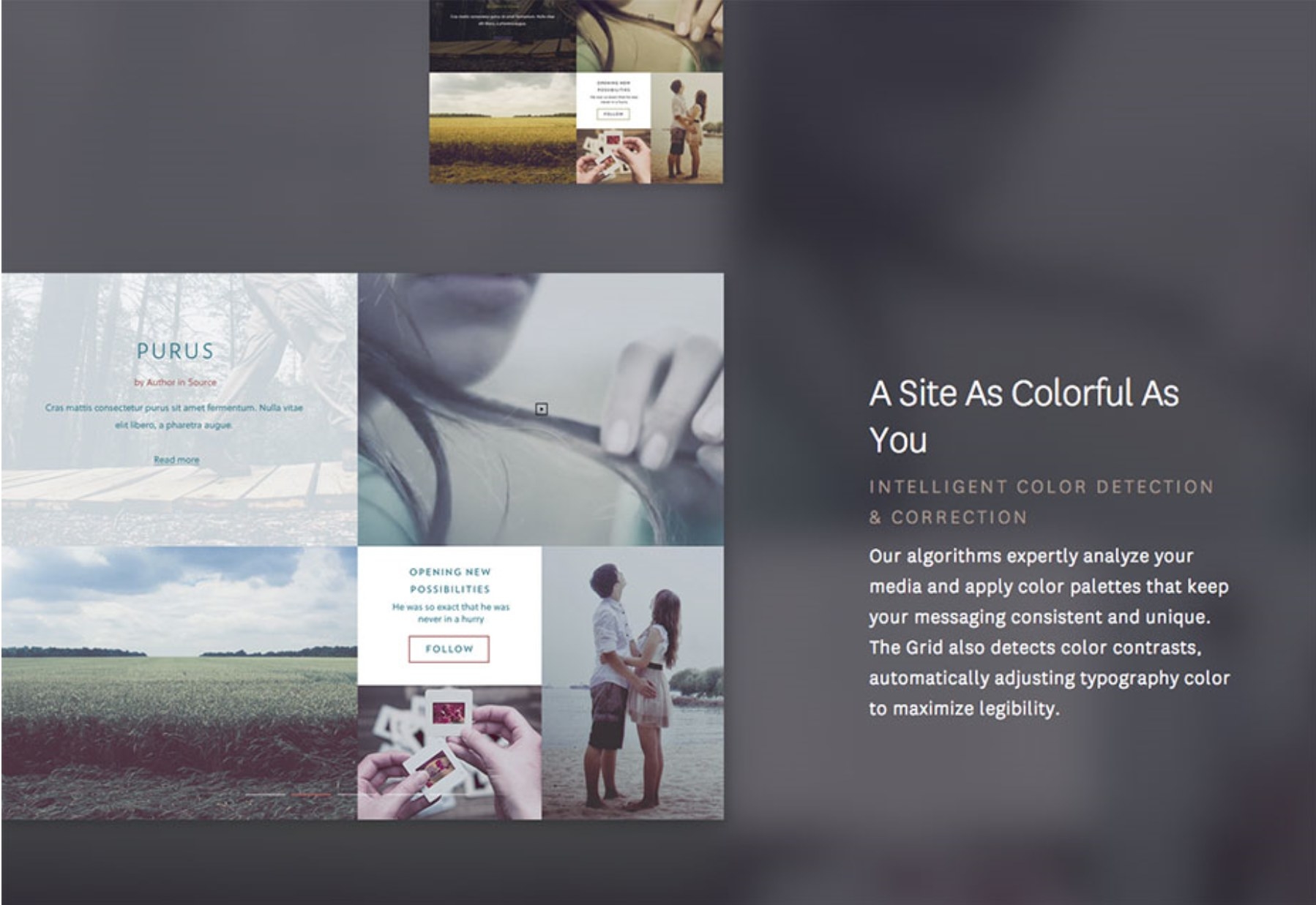
Changing Tides
So, the question is no longer “is AI going to be taking over our jobs as designers?”, it becomes, “How can we fix AI so we’re comfortable with it in our job.”
With this question in the crosshairs, we can start to narrow things down, and draw solutions. Because if AI were to fully take over design, design would lose it’s “autonomy, mastery, and purpose,” says Ken Gordon, who is a Content, Conversation, and Community Strategist at EPAM Continuum which is a design firm “that’s always looking for talented humane designers.” Design is… well designed for humans. Designers know how to empathize, communicate, send messages, and make things easy for us, and it’s a craft, not everyone or everything can design something meaningful. AI has potential, and we saw it with Netflix and Nutella, it can really cut time on bigger projects and save money and time for the designers, but it’s lacking on multiple aspects, and we need to build a better relationship with AI. A “data friendship”, as coined by one of Gordon’s colleagues, Buck Sleeper. Because when put together, AI and a designer can create truly something amazing, not one without the other. Instead of looking past AI and we should pay attention to it, on a professional level, as a tool.
In this, we can create AI to be more empathetic and more trustworthy amongst its users and designers, but of course, it’ll take time. AI needs to put humans above all else and must be “unbiased, dependable, comprehensive, transparent and responsible” as stated by Debprotim Roy who is the founder and CEO of Canvs.in, which is a design service for businesses that need help with product design. Roy encapsulates the issues very well with AI and what needs to change. Roy explains that human-centered design is a combination of humanity and empathy and that AI needs to improve and amplify human potential, not get rid of it completely. Experts, as Roy says, are making guidelines for AI to follow to become more responsible. These guidelines are aimed at the users, their values, problems that need to be solved, answer to their questions and discerning when the experience is done. All of this will prove more than useful and enhance AI to make it closer to its potential and assist designers far better than before.
Even though AI has some flaws and is mostly “somewhat trustworthy” by designers and businesses, many designers do feel optimistic about AI in the future. With 76% of participants from the Proximity Lab report saying AI will increase their creativity and 85% say will make them more efficient when designing. AI can promote creativity as it helps complete repetitive tasks and leaves designers to spend more time on the “strategic side of design”, says Fabricio Teixeria who is a designer at Work & Co. and the founder of UX Collective, a site where curated stories on user experience, visual, and product design are created by designers. And what he means by that is designing in a more personalized, relevant, smart, and efficient way for users. AI is still young and it needs time to grow and mature, and we need to welcome it and not push it away, we need to help it grow.
Optimism towards AI
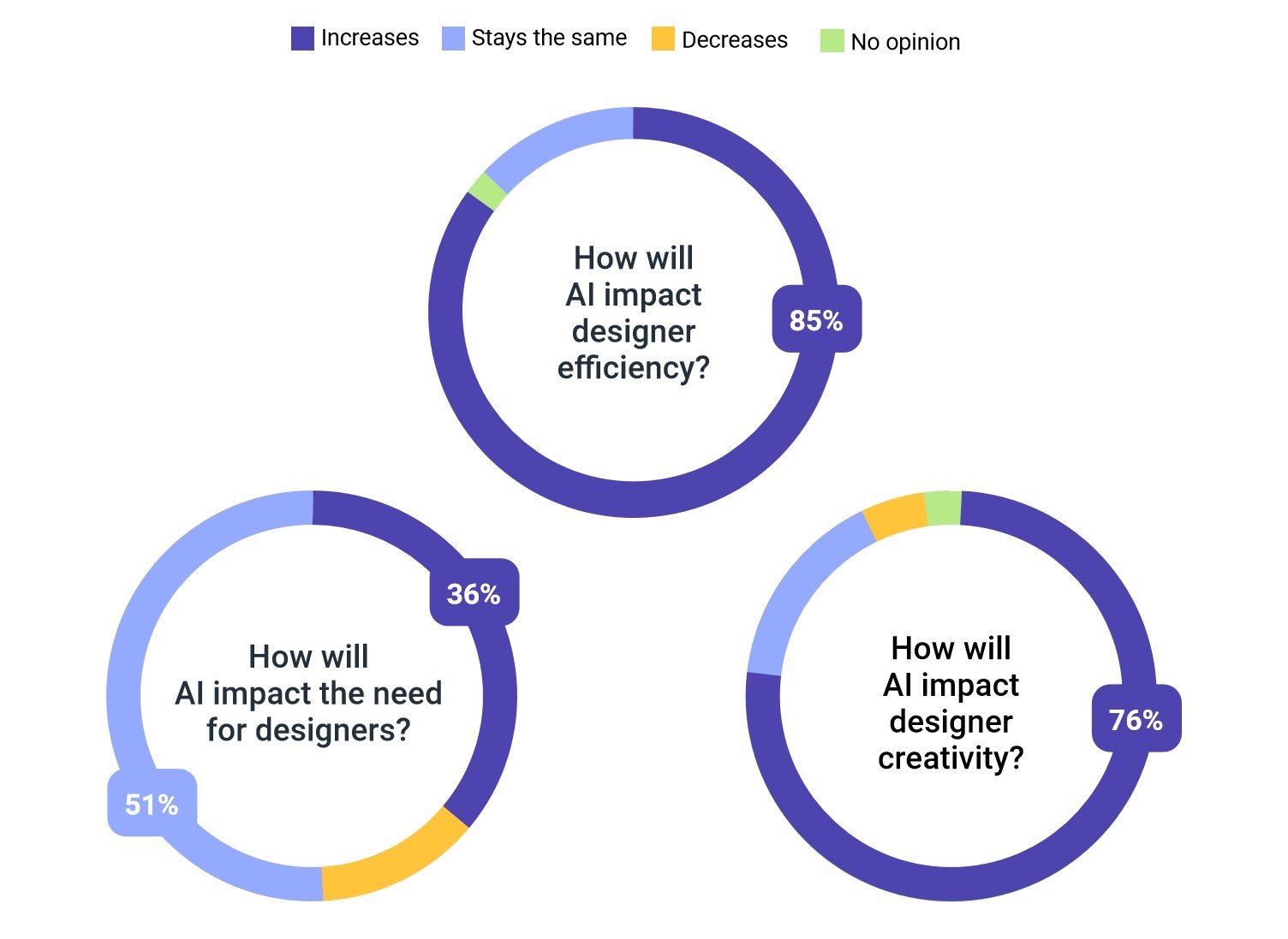
More Time
AI is not going to take over our job, instead, when are we going to have a reliable companion to help us? Soon, I believe. As designers work with AI as of now and provide feedback to researchers, they can find a way to adapt AI in a more humanistic way that will prove beneficial to designers and those alike. By improving design in the future, creating even more impactful and meaningful designs to users and businesses, and at the same time helping out the designer behind it all. This is a great opportunity and we shouldn’t be afraid of AI but to work with it and give it just a little more time.

